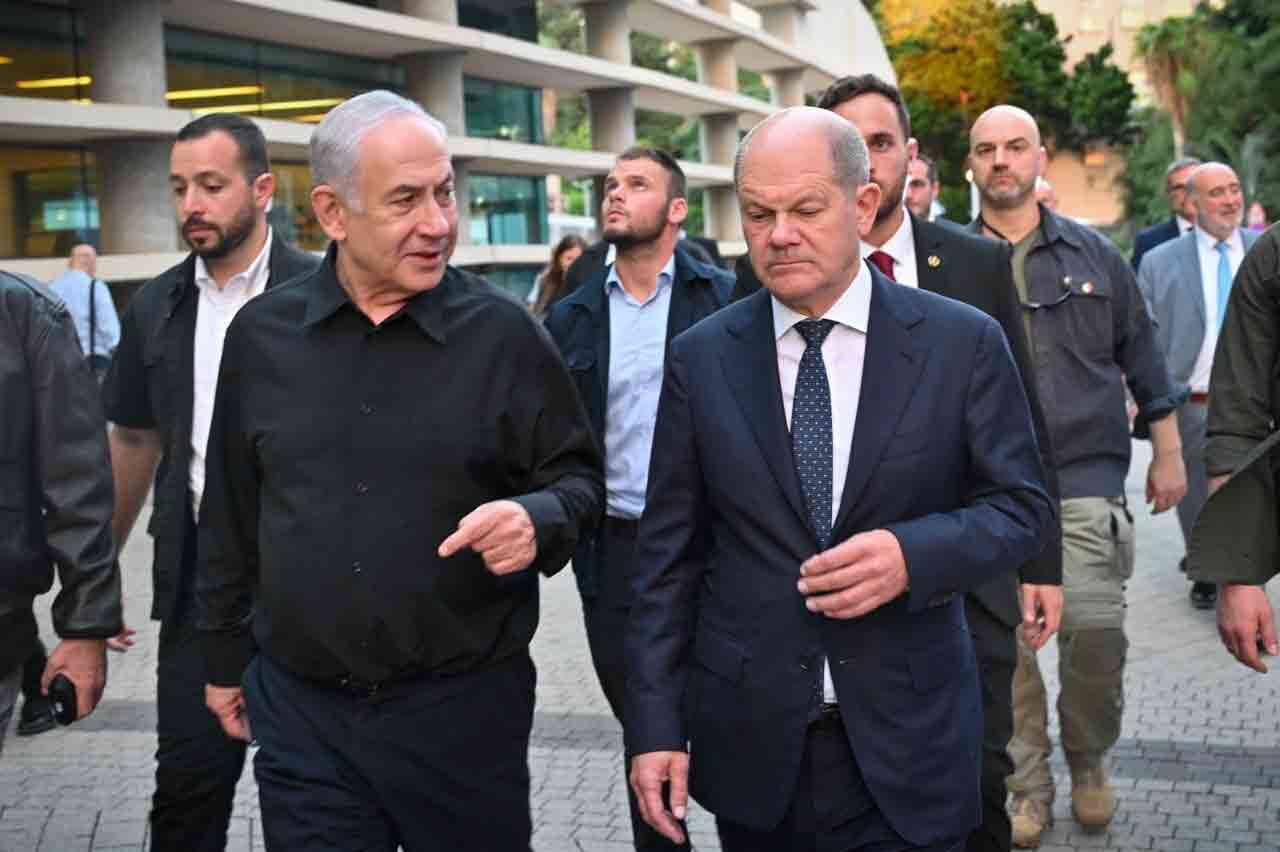Growing up in a working-class neighborhood in the Corona section of Queens, Mr. Young got an early taste of the streets. “My dad, trying to make me a gentler kid, sent me to Bryant High School in Astoria, away from my Corona pals,” he wrote in the foreword to “Corona: The Early Years,” (2015), by Jason D. Antos and Constantine E. Theodosiou.
“Soon, however, I got thrown out, and it was on to St. Ann’s Academy in Manhattan, getting booted out after one term,” he continued. “Finally, it was the Marines at 16, my pop fibbing my age to get me in.”
He started boxing in the Marine Corps and went on to a successful, if relatively brief, professional career under Cus D’Amato, the boxing trainer and manager who shepherded the careers of Floyd Patterson and Mike Tyson. He had a win-loss record of about 17-1 — his own accounts varied — when he quit the ring.
In his late 20s, he was laying carpets and doing other odd jobs when he became infatuated with a woman who tended bar, and who told him that she dreamed of studying acting with Mr. Strasberg. “I didn’t know who Lee Strasberg was,” he told Bright Lights. “I thought it was a girl.”
Mr. Young set up a meeting for the two of them with Mr. Strasberg, the father of method acting, and ended up studying with him for two years. “Acting had everything I was fishing for,” he recalled. “In my life till then, I’d used tension to hold myself upright. Lee’s great gift to me was relaxation.”
His many other film credits ranged from “Last Exit to Brooklyn” (1989), a harrowing adaptation of the scandalous 1964 novel by Hubert Selby Jr. about lost souls from the underside of midcentury Brooklyn, to the 1986 Rodney Dangerfield comedy “Back to School.” Mr. Young also wrote and starred in “Uncle Joe Shannon” (1978), the story of a jazz trumpeter whose life implodes before he finds redemption.





















Discussion about this post